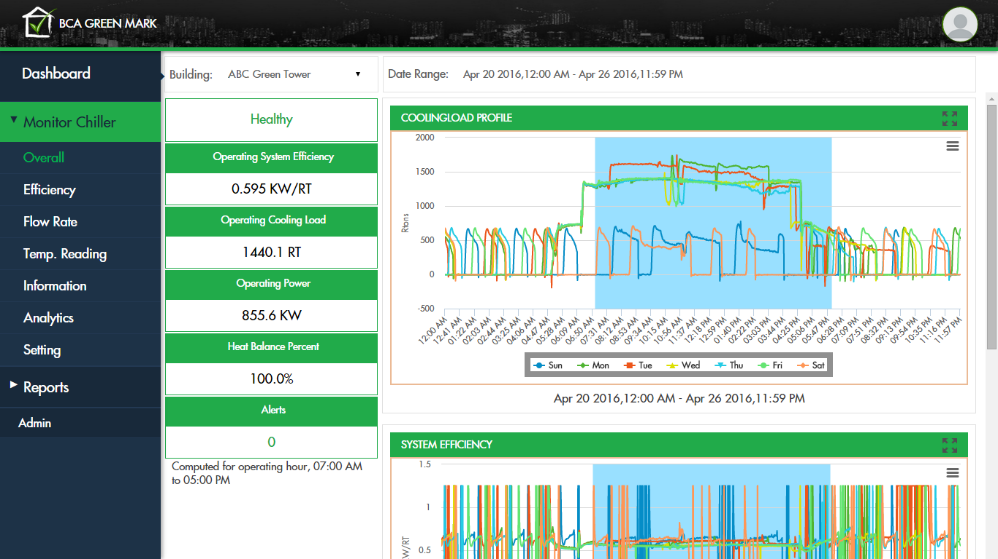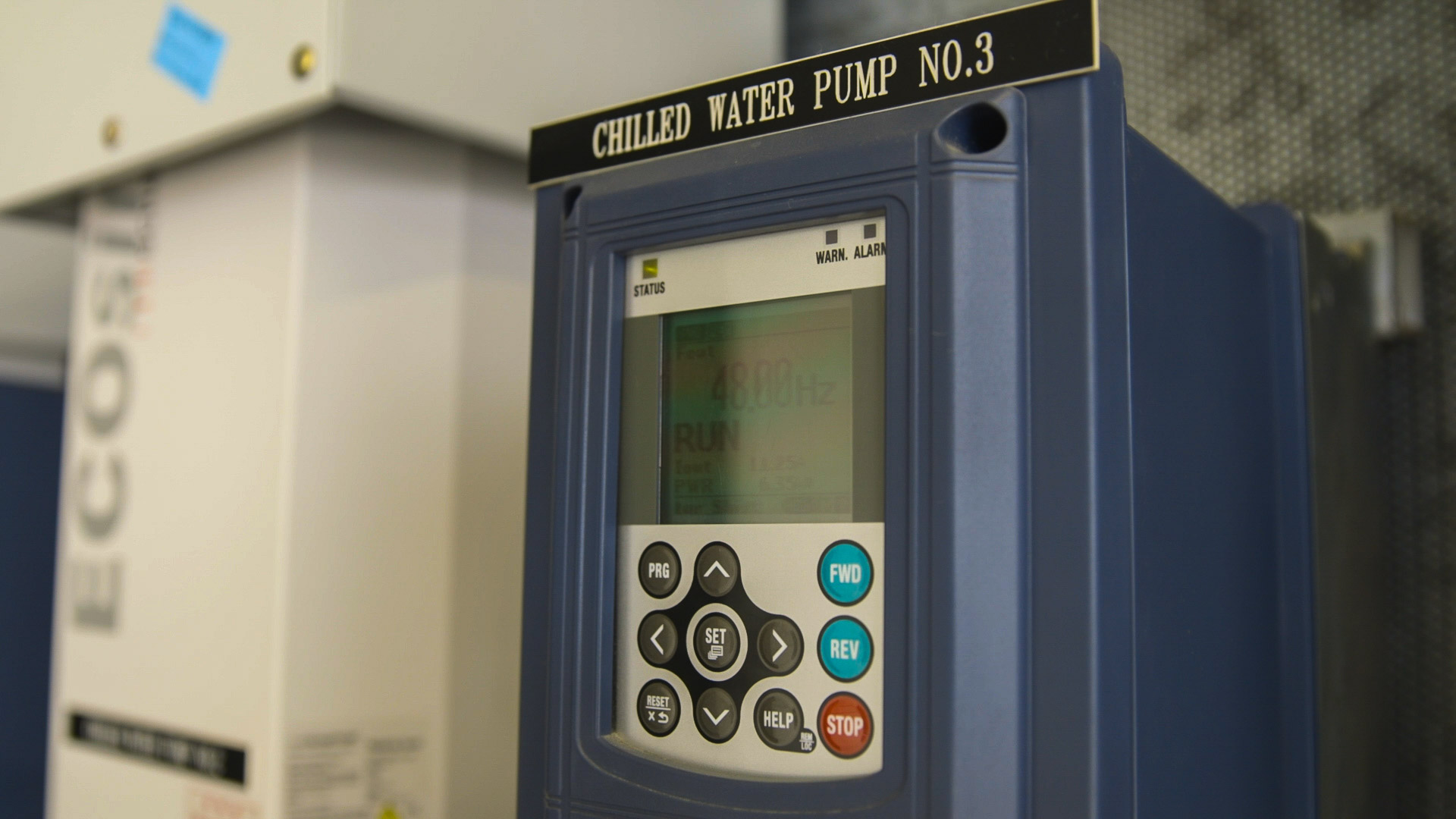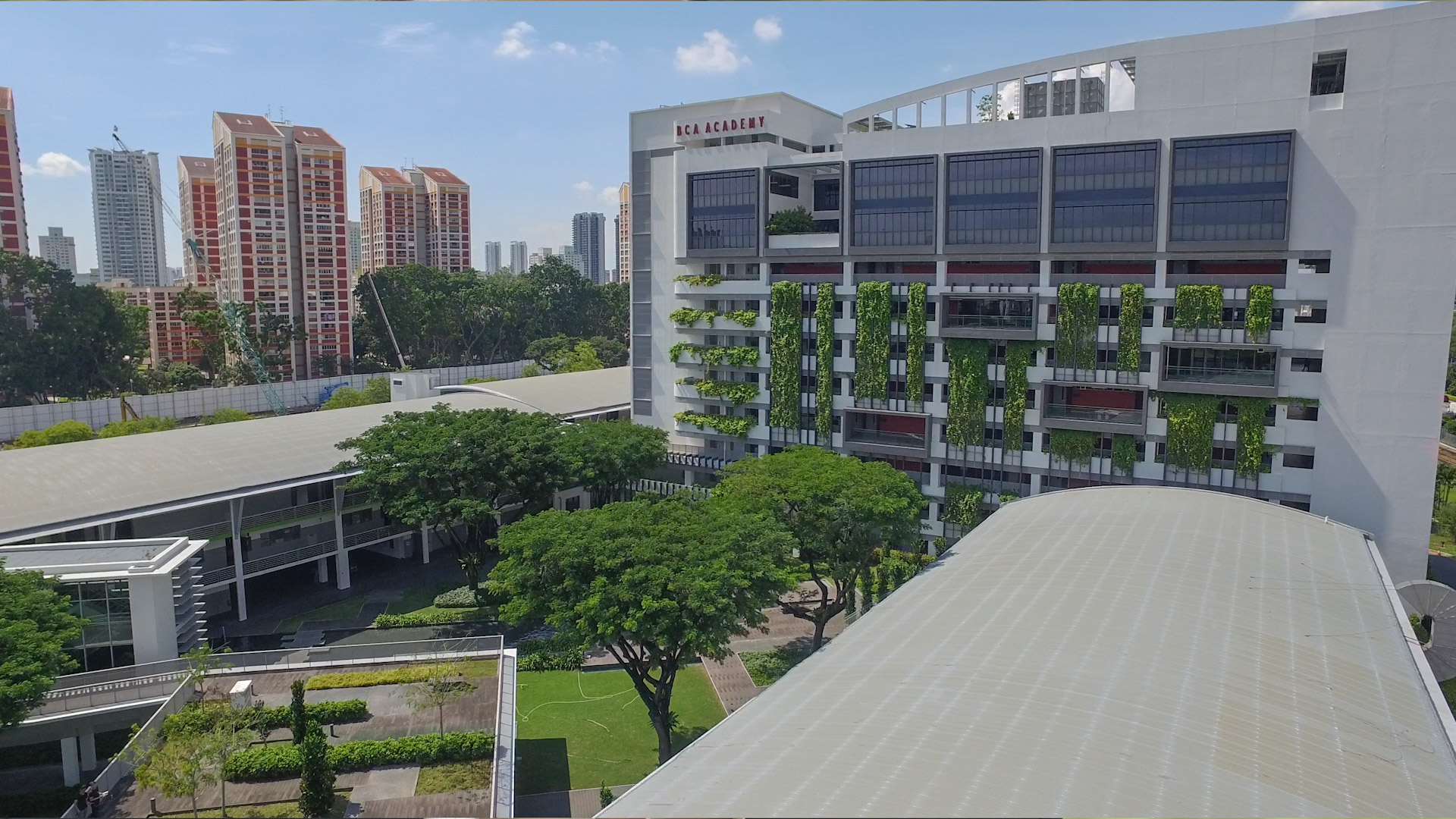In this installment of our Digital Transformation series, we speak to Mr. Ang Kian Seng, Group Director, Environmental Sustainability Group, Building and Construction Authority, on how building owners can reap energy and manpower savings with insights from data.
The link between weather and mood is often debated, but ask anyone in Singapore and the answer is likely a resounding “yes”. Singapore, known for its hot and humid weather, sees temperatures hitting over 30 degree Celsius for most parts of the year. To keep cool and remain comfortable in the heat, residents turn to air-conditioning.
Air-conditioners, however, account for up to half of a building’s energy consumption. If you then factor in the number of buildings in a very urban Singapore, one will not be surprised that air-conditioning is one of the challenges to overcome if we want to get the consumption of power to a much more efficient basis.
That is why the Building and Construction Authority (BCA) is taking a deeper look at chiller plants, which circulate chilled water to cool the air through air-conditioners. A statutory board under the Ministry of National Development Singapore, BCA champions the development of an excellent “built environment” in Singapore. In essence, BCA ensures that buildings and infrastructures in Singapore make sense for the community’s needs. The Authority also champions a sustainable and advanced built environment, leveraging technologies to achieve a future-ready Singapore, and this can be achieved with the use of cutting-edge technologies.
 One of the initiatives the authority has driven is the BCA Green Mark Scheme. First introduced in 2005, the Scheme hopes to drive the construction and building industry towards adopting more sustainable practices, as well as raise environmental awareness among developers, designers and builders. And with reduction of energy, water and material resource a key pillar of the Scheme, the need to achieve chiller efficiency becomes critical for sustainable building management.
One of the initiatives the authority has driven is the BCA Green Mark Scheme. First introduced in 2005, the Scheme hopes to drive the construction and building industry towards adopting more sustainable practices, as well as raise environmental awareness among developers, designers and builders. And with reduction of energy, water and material resource a key pillar of the Scheme, the need to achieve chiller efficiency becomes critical for sustainable building management.
The BCA Green Mark Scheme is administered by the authority’s Environmental Sustainability Group. Mr. Ang Kian Seng heads this group, and having witnessed how technology is driving digital transformation in all industries, he knew a smarter, data-driven approach can be taken to optimize chiller plant efficiency.
From three-year audits to real-time analysis
To Mr Ang and his team, it is crucial for buildings to be as energy-efficient as possible. Chiller plant performance is reviewed every three years under the Code on Periodic Energy Audit of Building Cooling System set out by BCA. While this mandated audit ensures that chiller plants meet minimum energy efficiency standards, and can operate efficiently throughout their life cycle, deviations tend to be discovered too late.
https://www.youtube.com/watch?v=XJOFotmMzmU

The Chiller Efficiency Smart Portal provides building owners with a productivity tool for building managers to evaluate performance trends, compare energy use, and have quick overviews of the performances of their respective buildings. To Mr Ang, it was crucial that the portal was also easy to use and handy for building owners, as well as their project teams. More importantly, it needed to provide insights that building owners can target for improvement, and ultimately optimize their energy efficiency.
“Monitoring by itself does not save energy, it must trigger an action. We wanted to leverage on smart technologies to help building owners do real-time monitoring conveniently, and in a cost-effective way,” said Mr. Ang. “That was how the idea for the Chiller Efficiency Smart Portal came about.”

However, the need for real-time monitoring means massive amounts of data, such as power, water flow rate and temperature, need to be sent from chiller plants to the Portal in a matter of seconds. This requires a powerful cloud platform, one that can scale as needed – and BCA found its solution in Microsoft Azure.
Microsoft Azure stood out for its Platform-as-a-Service (PaaS) model, which supports data analysis capabilities, Internet of Things (IoT) and cognitive services. In particular, Azure IoT Services was leveraged for its capability to integrate with BCA’s existing processes, devices and systems, to make the best use of prevailing and new data sources.
All these come together in performance summary reports of chiller plants based on real-time data insights, which BCA can easily provide building owners just by logging onto the Chiller Efficiency Smart Portal. BCA can even compare chiller plant performance across multiple buildings with the Portal, allowing for quick identification of under-performing buildings.
Translating data into energy and manpower savings

Cutting down on energy consumption and increasing employee productivity are both examples of smart decisions that data can enable organisations to make. An astounding 80 percent of data stored today is “dark data”, or operational data not in use, and BCA is one of the few to recognize this value and to extract and use it.
To mine this data, an alert function has been built into the Chiller Efficiency Smart Portal, which brings real-time actionable insight to building managers. Upon detection of chiller plant performance that is below the expected design level, the Portal can alert facilities managers to help them rectify the issue quickly, thereby reducing energy wastage.
With the Portal to monitor and raise any alarms, building owners can also do away with having facilities managers on standby. “This helps us to cut down on dedicating manpower just to detect deviations, as facilities managers can work remotely and be freed up to complete other tasks,” said Mr. Ang.
Gaining greater visibility with data
Already on the right track, BCA is looking for more ways to stay ahead of the curve. Preventive maintenance is one area it is looking at, leveraging advanced analytics and machine learning to recognize warning signs and service equipment before further deterioration.
“We have managed to hook up 20 buildings on the Chiller Efficiency Smart Portal, and have been testing the reliability of data transfer to develop the Portal,” shared Mr. Ang. “The portal is also a live example and forum to expound to the industry on the benefits of using data to enhance operational performance.”
He added that BCA is reviewing how the Chiller Efficiency Smart Portal can complement its Green Mark Scheme. “Whether it is facilitating the certification of buildings, or to help them sustain their energy performance, data is definitely an asset in helping Singapore build next-generation green buildings.”
 Ang Kian Seng
Ang Kian Seng
Kian Seng is Group Director of the Environmental Sustainability Group, Building and Construction Authority (BCA). He oversees the BCA Green Mark Scheme, which certifies buildings based on their environmental friendliness and energy efficiency. Kian Seng plays an instrumental role in the formulation and implementation of BCA’s 3rd Green Masterplan, with the long-term goal of greening 80% of Singapore’s buildings by 2030. He is also the 2nd Vice President of the Singapore Green Building Council, and a Board Director of the BCA Centre for Sustainable Buildings.
You may also be interested in:

